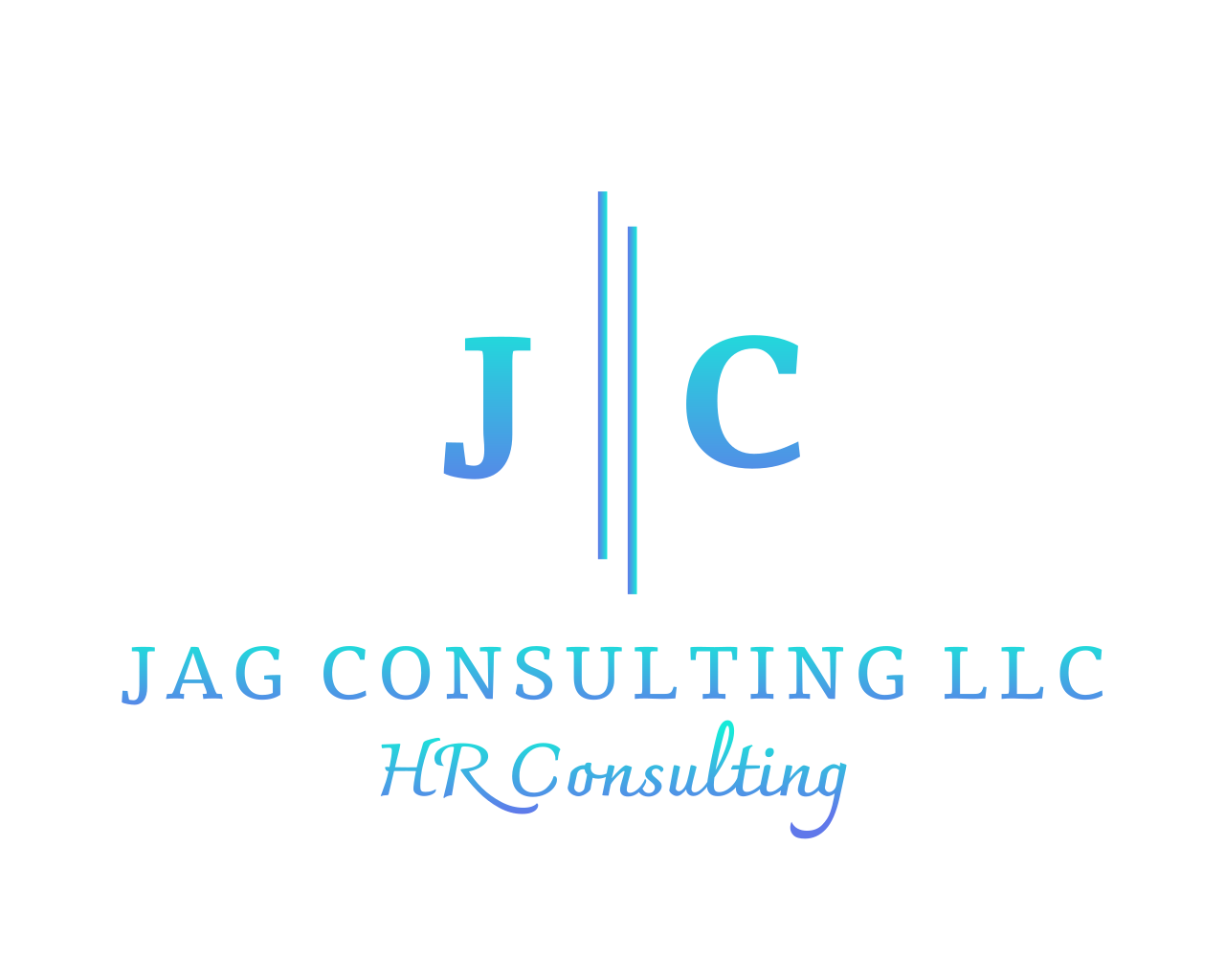Making 1-on1s Meaningful
Think Your 1-on-1 Meetings are Designed for Productivity?
You may need to rethink that.
WHY DO EMPLOYEES DISLIKE 1-ON-1 MEETINGS?
They can feel unproductive
There is a lack clear direction
They become a platform for negative feedback rather than constructive support
Some employees perceive them as opportunities for micromanagement
They are viewed as a waste of time
They appear to be a way to monitor their performance without providing tangible benefits
Here's a more detailed breakdown:
· Unproductive and Lack of perceived value:
Is there anything of value in return for their time and effort being offered to the employee?
· Negative focus:
Are 1-on1s consistently focused on negative feedback or issues without providing clear solutions or actionable steps?
· Micromanagement concerns:
Are you fostering a sense of distrust and resentment using these meetings to closely monitor an employee's work rather than instilling a collaborative discussion?
· Unpreparedness:
Are you consistently unprepared or do you dominate the conversation without allowing employee input, harboring a waste of time attitude from the employees?
· Lack of trust:
Are you damaging the relationship or making the employee feel uncomfortable by making the meetings a way to gather information to use against employees or to play favorites?
· Interruption of workflow:
Why disrupt a productive employee’s workflow? Are you the interruption they don’t need and that shifts their morale?
· Emotional labor:
If sensitive topics are being addressed, are you introducing a draining and uncomfortable meeting?
HOW TO IMPROVE PERCEPTION & ACCEPTANCE OF 1-ON-1 MEETINGS
Focus on
Regular scheduling
Collaborative agendas
Active listening
Constructive feedback
Prioritizing building trust by creating a safe space for open communication and discussing career growth
HOW?
1. Establish a Consistent Cadence:
Schedule recurring meetings on the same weekday at the same time for up to six months out to avoid constant rescheduling and to demonstrate commitment
Be flexible when there is a conflict, such as a planned vacation, and prepare to reschedule that meeting
Regular meetings foster trust and allow for consistent feedback and progress tracking
2. Collaborate on an Agenda:
Create a shared agenda that allows both the manager and the employee to contribute topics to ensure both parties are prepared and focused on the most important issues
Consider including sections for:
Brief check-in and progress updates
Feedback and performance discussions
Career goals and development discussions
Open discussion of any issues or concerns
Action items and follow-ups
Workload distribution concerns with upcoming projects
3. Practice Active Listening and Engagement:
Minimize distractions and be fully present during the meeting
Go off-grid into a conference room: no phones, laptops, etc.
Actively listen to understand the employee's perspective and concerns
Encourage open communication and create a safe environment where the employee feels comfortable sharing thoughts and ideas
Ask open-ended questions to facilitate deeper discussion
4. Provide and Seek Feedback:
Regularly offer constructive feedback, both positive and areas for improvement
Encourage the employee to share their thoughts on how to improve
Use the meeting as an opportunity to discuss individual needs and provide support
5. Manage Time Effectively:
Keep meetings concise and focused, aiming for 30-45 minutes, depending on the need
Efficiency in the workplace should facilitate the need for brief, but productive meetings
If needed, extend the discussion if important topics require more time
Follow up on action items from the previous meeting to ensure they are completed
This should be the first agenda item for every meeting
6. Consider Different Settings:
While a regular meeting room is often practical, occasionally changing the setting (e.g., going for a walk, grabbing coffee, etc.) can foster a more casual and personal connection
7. Track and Review Progress:
Take notes during the meeting to document key discussion points, action items, and feedback
Review these notes regularly, especially before the next meeting, to track progress and ensure accountability
